Windmills, tulips, and clogs are essential elements of the rich culture of the Netherlands. They, along with unique geography, lifestyle, and religious influences, have shaped and molded the cultural and historic heritage of the country, from small villages and towns to bustling cultural centers such as Amsterdam and Utrecht.
Last updated: July 1, 2025
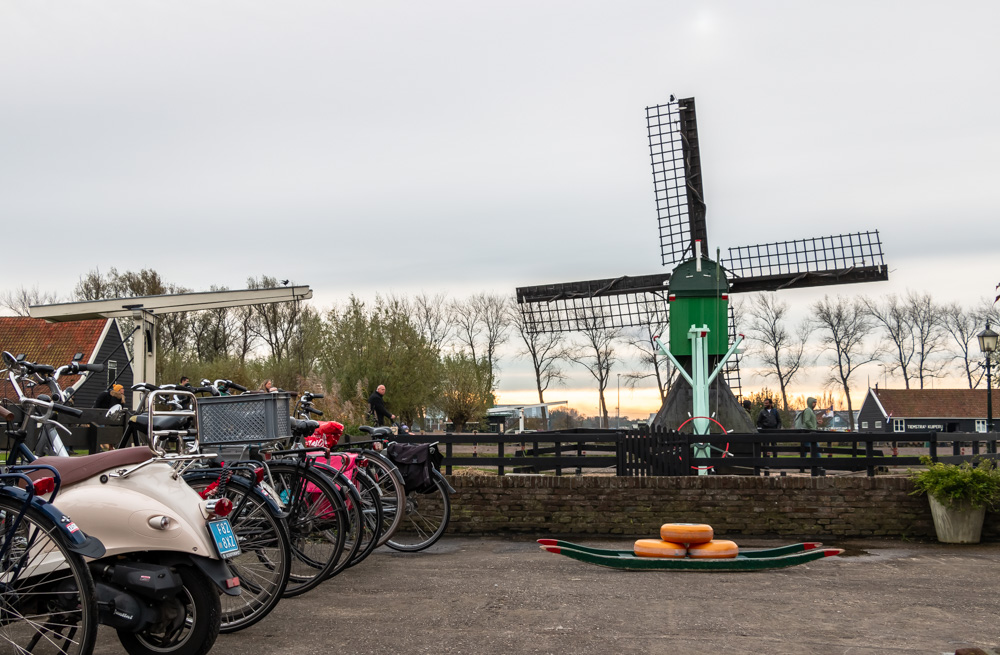
Experience the Rich Culture of the Netherlands
The minute you land in Amsterdam, you get a hint of what to expect in the city and country itself. The culture of the Netherlands literally envelops you. Fresh and wooden tulips, an ever-present symbol of the country, tempt you to splurge a little bit on flowers and traditional souvenirs right at the gates at the Amsterdam Airport Schiphol.
After the tulips come clogs, big and small, in all shapes and colors, that open the door to the unique culture of the Netherlands wider. It takes a few moments before you spot the famous Dutch cheese and step into the impeccable streets teemed with more bicycles than cars.
And suddenly you realize that you are here for a long ride of rediscovering the rich culture of the Netherlands.
9 ESSENTIAL NORMS OF THE CULTURE IN THE NETHERLANDS
1. Windmills
Windmills have served many purposes throughout the long history of the Netherlands. These essential parts of Dutch culture were used to grind grain, generate electricity, and even make paint. Their main role, however, was to pump water out of lowlands and back into rivers to prepare the land for cultivation.
Today: Not many windmills in the Netherlands still do this job. Those that are still in operation are preserved to pass down cultural norms and historic heritage to next generations.
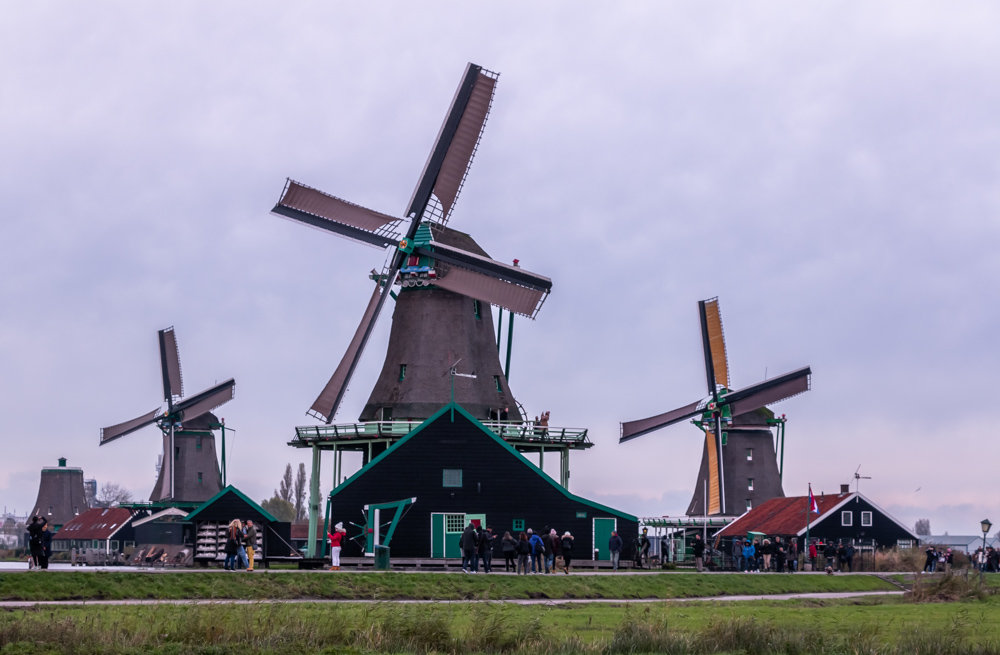
2. Clogs
According to locals, every real Dutch must have a pair of clogs. Another essential of the unique culture of the Netherlands, clogs or klompen are traditional Dutch wooden shoes. These sturdy, waterproof shoes come in handy for working on the land or taking care of livestock.
Today: Although the clogs lost their practicality in the streets of Amsterdam or other big cities, people in rural areas still wear them regularly.
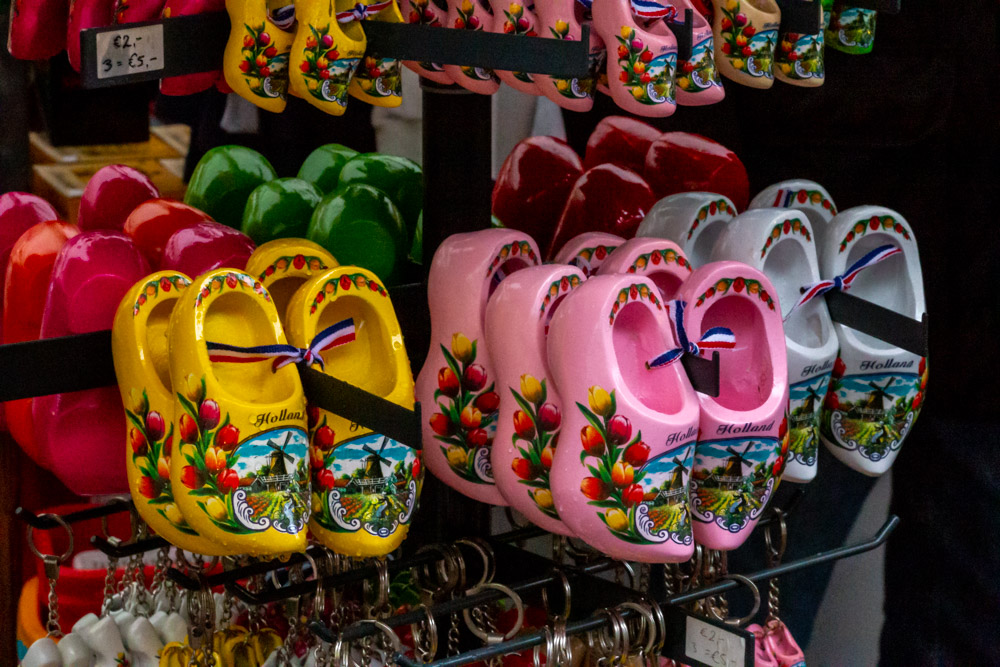
3. Canals
Apart from windmills and clogs, the Netherlands is known as a country of canals. In fact, Amsterdam alone has 165 canals. The abundance of canals in the Netherlands is the result of practical need rather than eccentric landscape decor.
Around 1660, fast-growing cities needed a way to protect themselves from potential attacks. At the same time, merchants were searching for a more efficient system to transport their goods. Digging a canal was an easy way to satisfy all.
Today: In the modern-day Netherlands, these essential components of the culture fulfill mostly recreational functions.
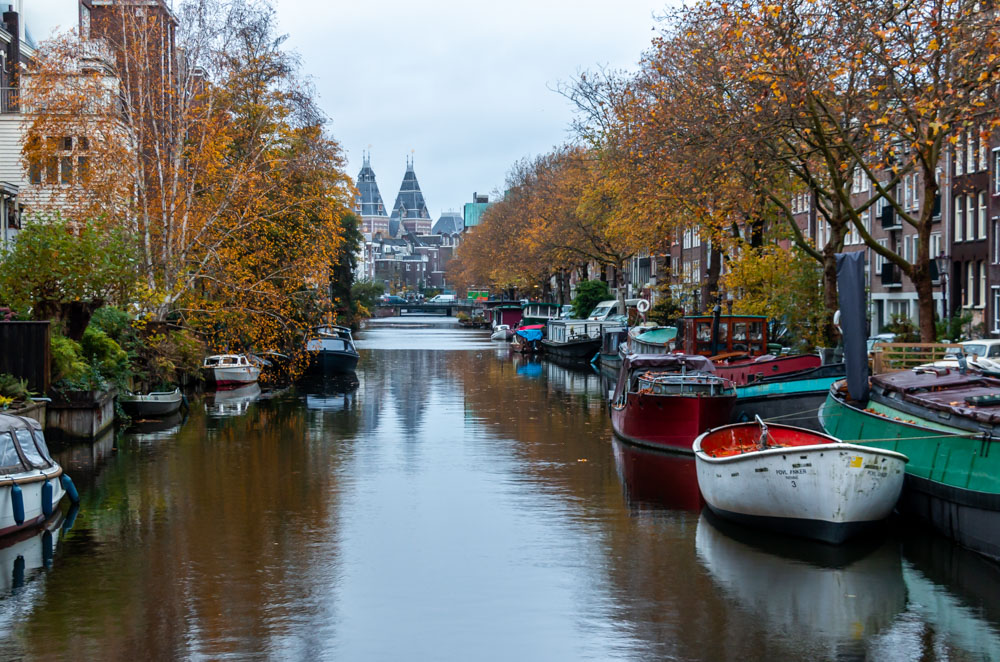
4. Tulips
Tulips were imported into the Netherlands in the 16th century and have been an essential part of Dutch culture ever since. Normally these showy, brightly colored flowers grow in spring. In the Netherlands, though, you can find them all year round.
TIP: If you want to see tulip fields, visit Holland from the end of March until mid May. Most tulip farms are located in the Noordoostpolder in the province of Flevoland. The Keukenhof Tulip Gardens is the most popular day-trip destination to see tulips near Amsterdam.
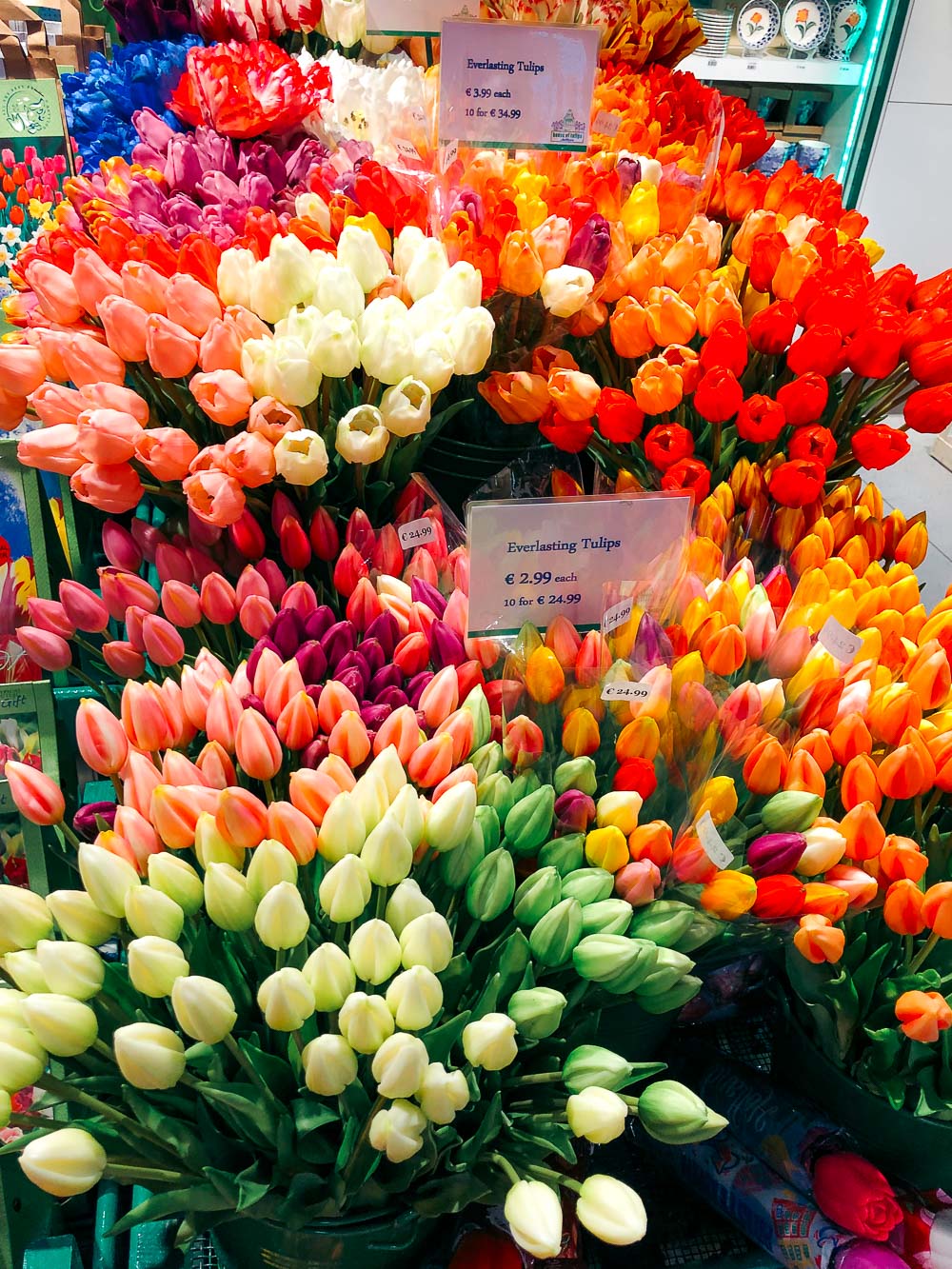
5. Bicycles
The Netherlands might have many different names and nicknames, but one belongs to the country rightfully. With over 24 million bicycles for a population of roughly 18 million, the Netherlands is the true bicycle capital of the world.
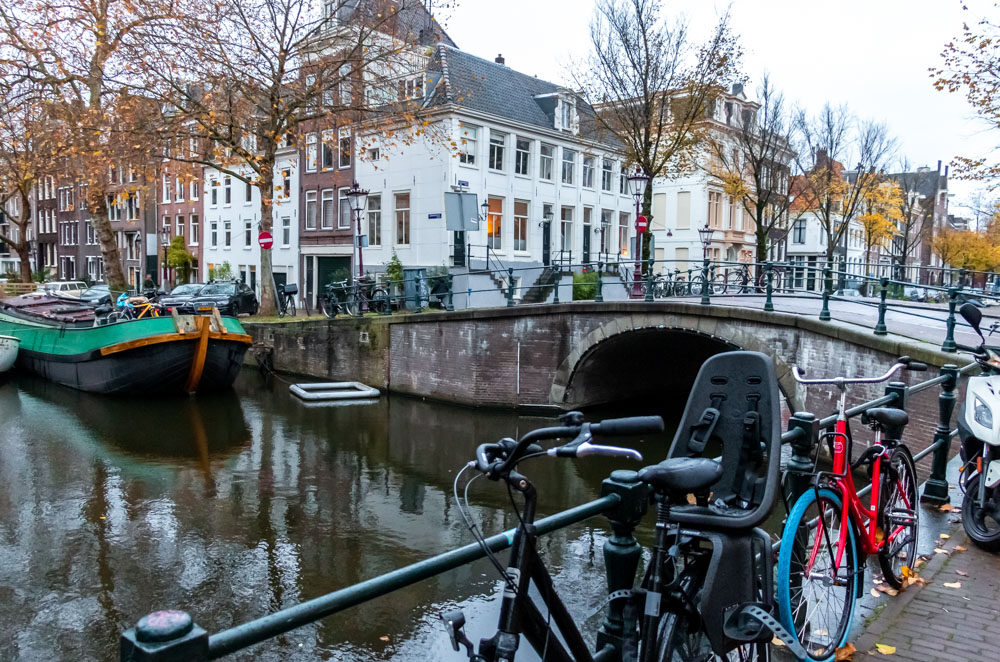
6. Cheese
Similar to tulips, cheese is not exclusive to the country. The truth is, it’s hard to estimate when the first Dutch cheese was made. One thing, though, is certain. Cheese is an important component of the culture in the Netherlands.
The country is known as the largest cheese exporter in the world. It produces on average 966 million kilos of cheese and exports two thirds of it. The most popular varieties of the Dutch cheese are Gouda and Edam.
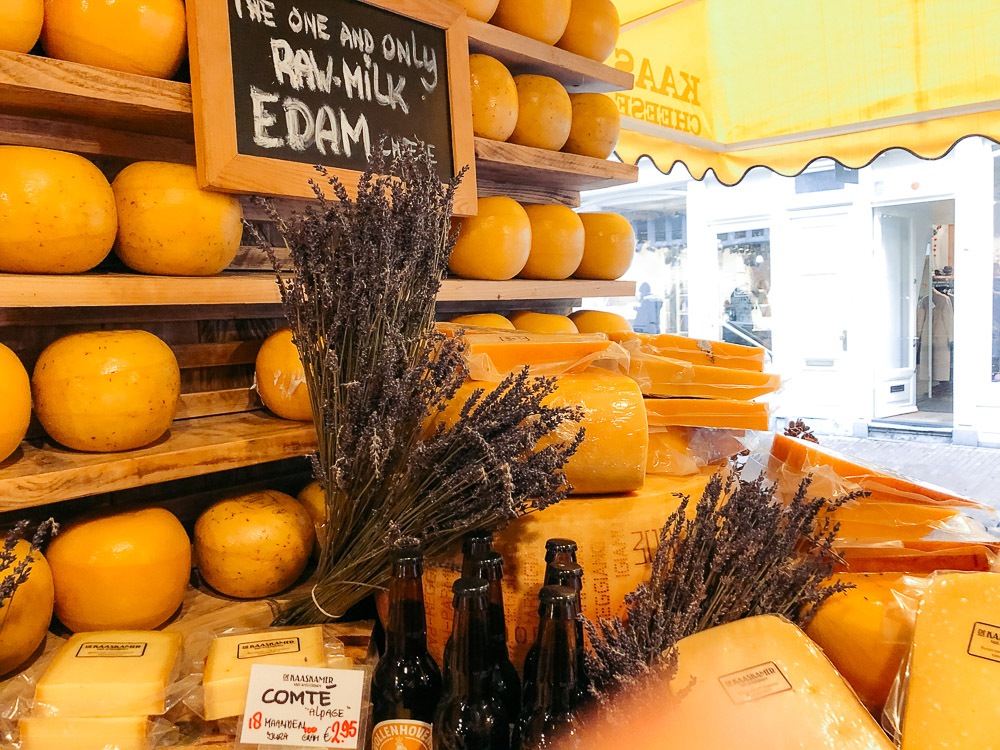
7. Soft Drugs
It’s common to enter a licensed “coffeeshop” in Amsterdam and buy soft drugs such as weed, hash, and magic truffles. You won’t be arrested or panelized. It’s legal as long as you’re 18 years or over.
Although the Dutch are concerned with the danger of drug abuse, they came up with a different solution to the problem. In an attempt to decriminalize the use of soft drugs, the country shifts the focus from a crime to the private matter of an individual.
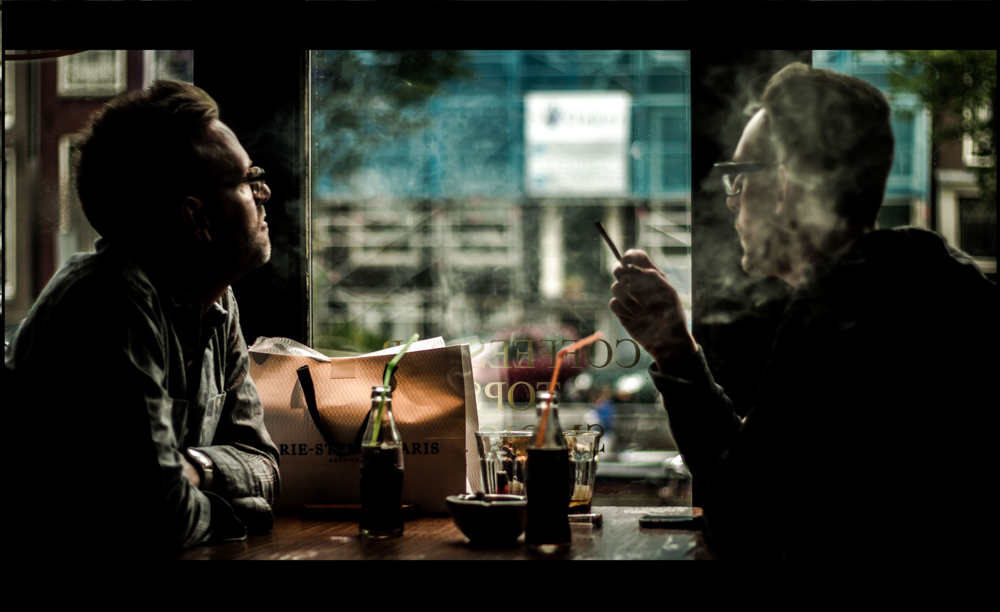
8. Legalized Prostitution
The contemporary culture of the Netherlands surprises its neighbors and many other countries in the world. Again, instead of fighting prostitution, the Dutch legalized it in 2000. Sex workers in Holland have the same rights as any other workers. Moreover, they have paid income taxes on their wages and salaries since 2011.

9. Raw Herring
Many people describe eating raw herring in the Netherlands as their most bizarre travel experiences ever. While deeply rooted in Dutch cultures, marinated herring migrated to Eastern Europe where it’s eaten with a side dish or as a part of a herring salad (herring under a fur coat or shuba).
The Dutch have been eating raw herring for more than 600 years. Technically, it’s not entirely raw as the herring first gets frozen. The next step is to put it in salt for a few days to ripen.
Traditionally, Dutch eat their raw herring by holding the fish by its tail, pairing it with onions. Today, it’s often chopped in small pieces and served on bread.
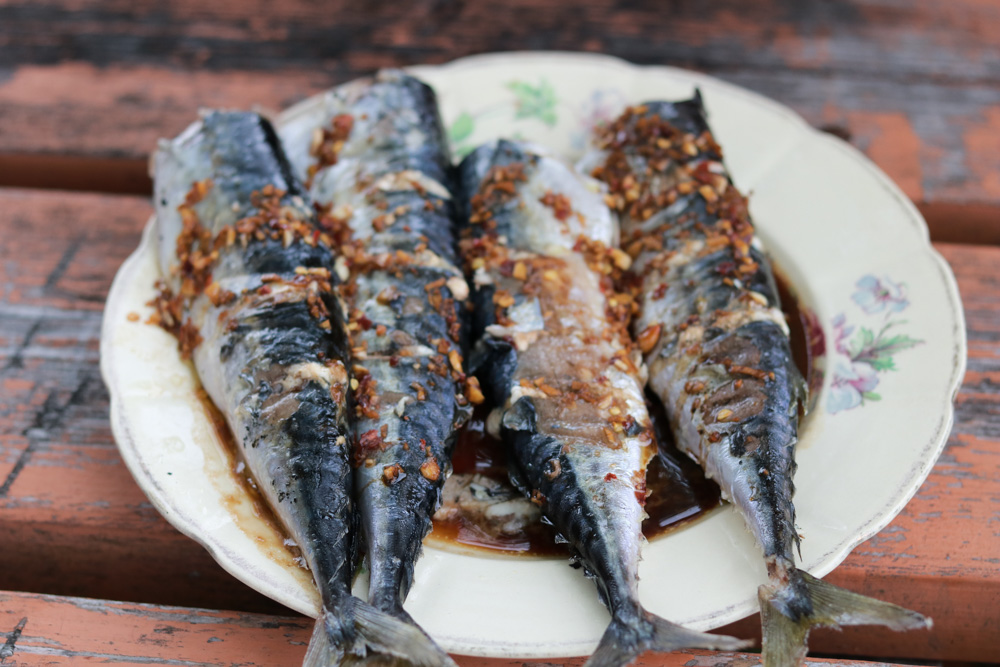
Read More about Culture in the Netherlands
- DAY TRIPS: Top Day Trips from Amsterdam to Explore Dutch Culture
- OPEN MUSEUM: How to Visit Zaanse Schans
- FIRST TIME IN AMSTERDAM: 10 Tips for Your First Trip to Amsterdam
- ICONIC MUSEUM: 6 Reasons to Visit Rijksmuseum in Amsterdam